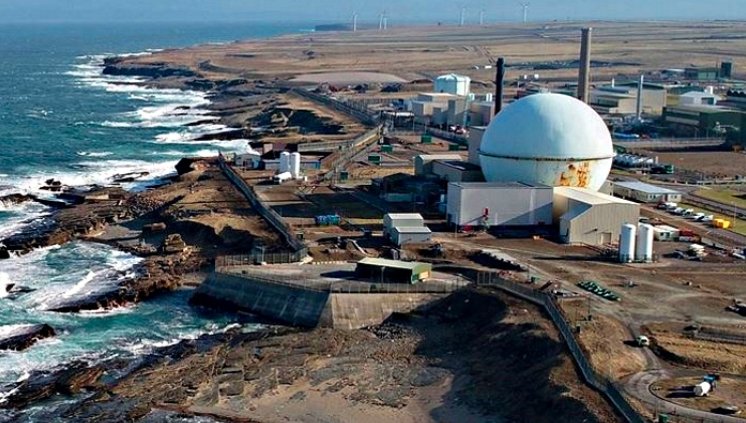EDINBURGH — Scotland’s multibillion-pound nuclear decommissioning programme could deliver major long-term economic and social dividends, according to a new study that urges policymakers to seize the moment and ensure no communities are left behind in the process.
Led by the UK’s National Decommissioning Centre (NDC) in partnership with the Nuclear Decommissioning Authority (NDA), the research forecasts wide-reaching benefits in employment, household income, skills and regional resilience. The work forms part of a growing policy push in Scotland to align decommissioning with ‘just transition’ goals — particularly for rural areas hit hardest by the loss of high-value energy sector jobs.
At stake is the management of a £25 billion (USD33 billion) effort to safely dismantle nuclear infrastructure in Scotland over the next 90 years, with Dounreay, the former fast breeder reactor complex in Caithness, a central focus.
From Decommissioning to Development
The study’s topline message is clear: far from being a drag on economic prospects, nuclear decommissioning offers a strategic opportunity to catalyse regional development — if managed correctly.
Researchers say the process can help retain skilled workforces, stimulate economic diversification, and anchor investment in renewables and infrastructure, particularly in remote areas such as Caithness and North Sutherland.
“This research provides a much-needed framework for planning a ‘just transition’ in regions undergoing significant change,” said Daria Shapovalova, Senior Lecturer at the University of Aberdeen’s Just Transition Lab, a co-author of the study.
Yet the findings also come with a note of caution: gaps in policy clarity, infrastructure, and local engagement could undermine efforts to secure equitable outcomes for affected communities.

The Caithness Test Case
Much of the research zeroes in on Dounreay, which served as the UK’s flagship experimental nuclear site from 1954 to 1994. The plant’s decommissioning has already altered the socio-economic fabric of Caithness — once heavily reliant on the site’s high-skilled, high-wage workforce.
Through interviews with residents, stakeholders, and local leaders, the Just Transition Lab found a mix of concern and cautious optimism.
-
Key concerns included rural depopulation, underfunded transport and healthcare systems, and a lack of clarity over how the transition will be delivered.
-
Opportunities cited included the retention of technical talent, regional renewable energy capacity, and the ability to reimagine the economy with a net-zero focus.
-
“There’s recognition that the region has assets — but uncertainty over how these are going to be mobilised,” said one local development officer quoted in the study.
A Tailored Framework for a Unique Challenge
To guide future planning, the researchers have developed a bespoke ‘just transition indicator framework’ for Caithness and North Sutherland. The tool is intended to help decision-makers assess economic, environmental, and social progress as decommissioning advances.
“This far-sighted research provides valuable evidence to aid decision makers and the wider community,” said Malcolm Stone, Business Development Analyst at the NDC. “It highlights the complexity of the energy transition, but also the significant opportunities.”
The study has already shaped political discourse, contributing to the formation of a cross-party committee on nuclear decommissioning at Holyrood. The committee is expected to take forward discussions on how national and regional policy can be aligned with real-world impacts in places like Dounreay.
Renewable Energy and Resilience
Another major theme in the report is renewable energy integration. Caithness has become a hub for both onshore and offshore wind, and the study suggests that energy-sector workers displaced by decommissioning could play a vital role in supporting Scotland’s green transition.
But the researchers warn that without coordinated planning, the region risks losing momentum.
“The transition must be about more than just jobs,” said Shapovalova. “It’s also about transport, housing, community wellbeing, and meaningful engagement with local aspirations.”
Next Steps for Holyrood and Westminster
As Scotland continues its shift toward a low-carbon economy, the NDA’s strategy is now under increased scrutiny — not just for its environmental remit, but for its socio-economic ripple effects.
Policymakers face growing calls to:
-
Ensure investment in local infrastructure
-
Support skills transfer and retraining for energy workers
-
Build community-led economic models
-
Use decommissioning as a platform for regeneration, not just removal
With the nuclear sector entering a multi-decade phase-out period, Scotland’s approach to places like Caithness could serve as a template — or a warning — for how energy transitions are managed across the UK.


















